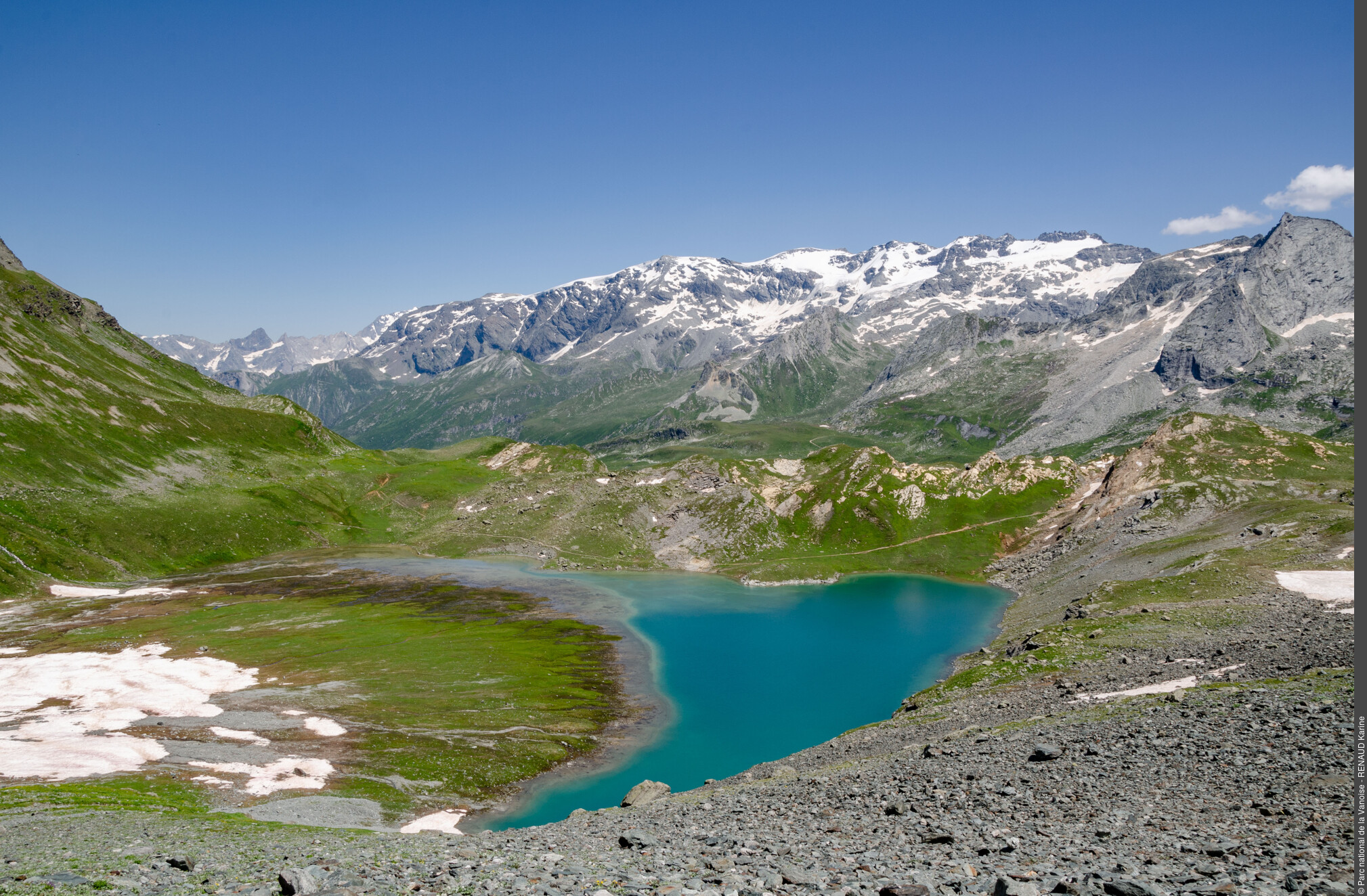
Lac Blanc from Refuge de Péclet-Polset
As I climb up the Chavière valley, I am quickly immersed in a meadow-pasture landscape where I appreciate the beauty of the flora and enjoy observing families of marmots, lying silently in the grass. At the Refuge de Péclet-Polset, I find myself in a traditional alpine setting where the rock reigns supreme, the result of a ""carambolesque"" arrangement. The end of the walk is marked by the blue-green setting of Lac Blanc, an atmosphere of contemplation and meditation. The view from the lake takes my breath away with the Col du Soufre facing me, the points of the Observatory and the Râteau (rake) on the other side. If you are lucky, like me on this day, the ibex may make an appearance. Don’t be surprised to see some of them with colourful tags on their ears and collars around their necks, they are being studied and monitored!”
"Description
- Departure : Pont de la Pêche car park, Pralognan-la-Vanoise
- Arrival : Pont de la Pêche car park, Pralognan-la-Vanoise
- Towns crossed : PRALOGNAN-LA-VANOISE
Forecast
Altimetric profile
Recommandations
Please note that mountain biking is only permitted up to the Refuge de Péclet-Polset and only on the vehicle track. The trail after the refuge is inaccessible to horses (bare rock passage and micro cliff). The route passes through the heart of the National Park and, as such, you must leave your dog at home or with someone you trust.
Information desks
Maison de la Vanoise, Avenue Chasseforêt, 73710 Pralognan-la-Vanoise
Transport
Access and parking
RD 915 to Pralognan-la-Vanoise. Pass the Olympic flame at the entrance to the village, then follow the municipal road on the right just before the municipal swimming pool, until the Pont de la Pêche car park (approximately 5 km)
Parking :
More information
10 points of interest
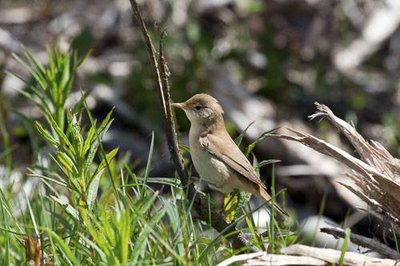
Rousserolle verderolle. - PNV - PLOYER Jean-Yves  Fauna
FaunaA shy impersonator
Near the streams lives a discreet bird, the Marsh warbler. Its fawn brown plumage on top and yellowish beige on the underside, combined with its habit of hopping beneath the foliage, make this bird difficult to spot. On the other hand, it can be easily detected thanks to its song (a medley of other birds). It is only found in Vanoise in the summer because it is an insectivorous and migratory bird, which feeds mainly on Diptera (flies) and some spiders.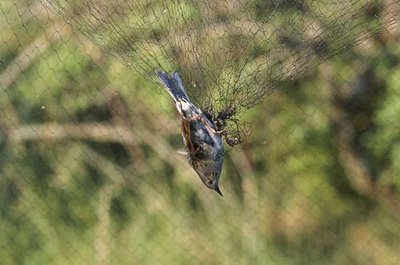
Accenteur mouchet, pris au "filet japonais", lors d'une séance de baguage. - PNV - BLANCHEMAIN Joël  Fauna
FaunaThe dunnock!
The dunnock can be found in dense vegetation. It has a brown striped back, with a blueish-grey cap on the head. In the early morning, the male perches ostensibly on the tree branches where he will begin his warble. Otherwise, this bird will stay under the cover of vegetation. In summer, it feeds on berries, seeds and insects caught on the ground. Its eggs are turquoise in colour, in a nest which is often very camouflaged.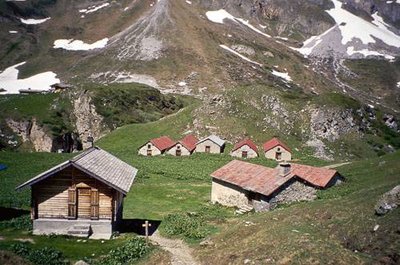
La cabane de surveillance PNV (à g.) et les chalets de Montaimont. - PNV - GOTTI Christophe  Pastoralism
PastoralismA community ahead of its time
Montaimont has served as a communal alpine pasture since 1921, and includes several buildings: two dwellings for summer grazing, a hut for National Park rangers, once a sérac cellar (fresh cheese made from the whey by-product of Beaufort cheese, particularly nice with jam), and several halls (stables) one of which houses pigs. This communal asset is managed by 36 shareholders who are residents of Pralognan. Cows, goats and pigs take advantage of this 537 hectare area. At present, only about ten cows graze there.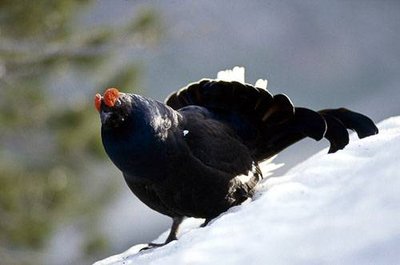
Coq de tétras-lyre pendant les parades du printemps. - PNV - BENOÎT Philippe  Fauna
FaunaLeks
During the breeding season, black grouse males parade their black plumage, enhanced by their red wattles and lyre-shaped tail feathers. The males try to impress and attract the hens on a patch of territory known as a “lek”. The hens observe nearby, perched or on the ground. The song is a succession of stanzas composed of cooing and then hissing. It is heard here from the end of April to the end of May.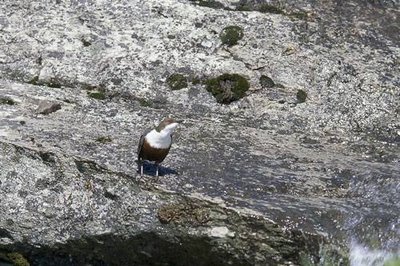
Cincle plongeur. - PNV - MOLLARD Maurice  Fauna
FaunaAbove, on and under water
"The dipper is a small brown and black bird with a white breast which lives year-round along the river banks such as the Doron de Chavière. It feeds on insect larvae, molluscs or fish eggs which it catches by diving under water. This little bird has the particularity of diving, swimming and even walking on the river bed! It is a very lively bird, which actively defends ""its"" stretch of the river."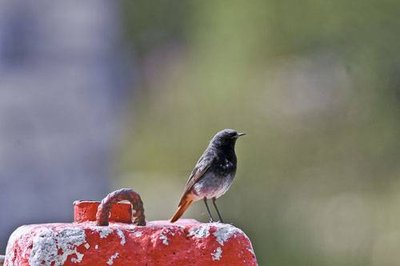
Mâle de rougequeue noir. - PNV - HERRMANN Mylène  Fauna
FaunaIt is a people-friendly bird.
This bird, commonly found in Vanoise, has a black plumage, a grey head, and red tail and belly. A lively yet timid bird, it often shakes its tail twitchily. In the spring, the black redstart sings continually from the top of a roof or fence post. His song together with his posture and tail swing clearly indicate to the other males: “Private property, do not enter!”. Its song, punctuated by drier clicking sounds, is easily recognisable.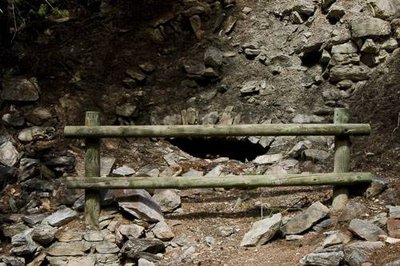
Ancien four à chaux, Aussois. - PNV - TISSOT Nathalie  Small heritage
Small heritageSlow-cooked in a very hot oven
"Next to the Refuge du Roc de la Pêche, we can see the remains of a lime kiln. To obtain the final product, the ""slaked lime"", it is necessary to ""cook"" the limestone at more than 1,000 °C. This results in calcium oxide, also called ""quicklime"" to which water is added. This material is used as mortar for construction or for rendering buildings. In the mountain pastures, buildings are generally made of dry stone (without mortar) or bonded with the earth."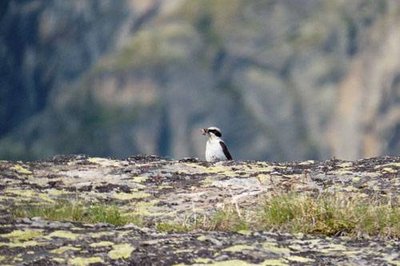
Traquet motteux : mâle à proximité de sa nichée, prêt à donner la becquée. - PNV - POULET Laetitia  Fauna
FaunaOn the clods
The northern wheatear can be found in Vanoise in the summer but as an insectivore spends its summer in Africa. They inhabit meadows where they can find low walls or rock piles. The male’s breeding plumage is highly contrasting: a black mask on the head, an inverted “T” on the tail, white breast and dark wings. The female is similar, although less dramatic in appearance. It sings from its favourite perches, on rocks, the stems of yellow gentian or alpine docks.
 Flora
FloraDrink in moderation or not at all!
Ÿellow gentian. The slopes of La Motte are adorned with yellow gentians (Gentiana lutea). This plant, neglected by cows for its bitterness, was traditionally picked at the end of September for its digestive properties. It takes 80 kg of roots, which are distilled, to obtain one litre of alcohol at 55-60° alcohol. Not to be confused with white hellebore (Veratrum album) which is highly toxic. The hellebore has alternating leaves, while the opposing leaves of the yellow gentian form a “cup-shape which you can drink from”.
Merle de roche posé sur une pierre, ayant capturé un insecte. - PNV  Fauna
FaunaThe common rock thrush
On the steep, dry and rocky slopes lives the common rock thrush. This insectivorous bird and consumer of small lizards spends the winter in the southern Sahara. The inimitable male has a rusty red breast and tail, a brown back and grey, almost bluish head. The female and the juveniles have a brownish plumage with dark bands. Its melodious song is composed of short phrases with flute-like connecting notes.
